The 10 Biggest Takeaways From CES 2020
From 5G, to robotics and AI, to next-gen smart devices, here's what grabbed CRN's attention this week at the massive Las Vegas tech show.
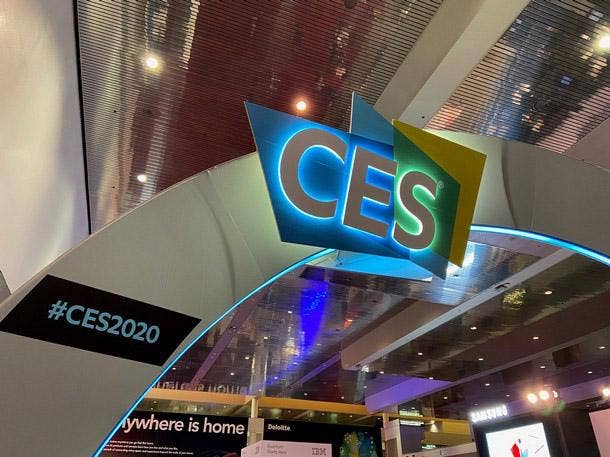
Tech Trends In 2020
CES 2020 offered a glimpse into every major tech trend imaginable--with key themes ranging from 5G to robotics and AI, to new devices such as foldables and AR glasses, to the next evolution of connected smart devices. A team from CRN was on hand in Las Vegas for the massive tech show this week, talking to executives from top vendors and checking out a multitude of newly unveiled gadgets (many of which won't be released for months, or were presented as "concept" prototypes). Ultimately, CES 2020 gave an inside look at what trends to expect in the coming year, and beyond, from some of the biggest players in the tech industry as well as from many up-and-coming startups.
What follows are CRN's top 10 takeaways from CES 2020.
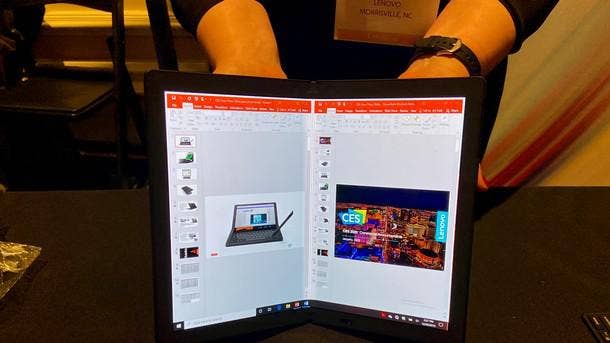
Growth In Foldable Devices
Following the debut of Samsung's Galaxy Fold last fall--the first mainstream device to feature a foldable display--CES 2020 was widely expected to include a focus on foldable. And the show did not disappoint. Lenovo made a splash at CES with its ThinkPad X1 Fold (pictured), which is poised to become the first foldable PC when it launches this year. The device offers a 13.3-inch OLED display that can be used in multiple modes (and, helpfully, includes a Bluetooth keyboard that can magnetically attach to the lower screen for use in a standard notebook fashion).
While Lenovo has a headstart on foldables over its PC rivals, Dell made clear that it's planning to be in the mix as well. At CES 2020, the company showcased a foldable concept device, the Dell Concept Ori, which offers a foldable 13-inch display that has no seams between the folded sides. Meanwhile, Intel showed off its own concept PC, a device code-named Horseshoe Bend, which comes with a foldable OLED display and is similar to the size of a 12-inch laptop.
Foldable phones beyond the Galaxy Fold had a presence at CES as well--with Motorola showing off its upcoming Razr "flip" phone (which sports a 6.2-inch OLED screen that folds vertically) and TCL showing a prototype for a planned foldable phone, which has a 7.2-inch display when unfolded.
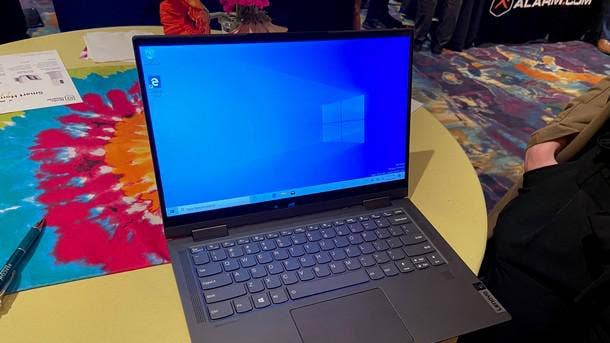
5G Expands Beyond Phones
While the hype around 5G has been building for years, and 5G smartphones steadily hit the market in 2019, CES 2020 was the first time the world got to see where 5G goes next. The three largest PC manufacturers all announced upcoming laptops that will support high-speed 5G connectivity. Most prominent was Lenovo's Flex 5G (pictured), which is the first PC to include 5G support as a default. With the inclusion of the Qualcomm Snapdragon 8cx platform, which includes a 5G modem, the notebook is "designed around 5G," said Christian Teismann, senior vice president for worldwide commercial business at Lenovo. That has included ensuring strong battery life for the Flex 5G even with the high-speed mobile connectivity.
Other laptops unveiled at CES 2020 also offer optional support for 5G--including HP's Elite Dragonfly G2, Dell's Latitude 9510 and Lenovo's ThinkPad X1 Fold. The laptop, Teismann predicted, will be just one of the many devices beyond the smartphone that will connect over 5G.
"I believe that in three, four or five years from now, 5G will just be the norm," Teismann told CRN. "Many corporations will also stop equipping for WiFi--they will just have campus 5G. If you look at what IoT devices will require when they are constantly connected, they will be connected on 5G. Because the amount of data--and also the speed that you need to have for IoT devices [to avoid] latency--will require supporting 5G."
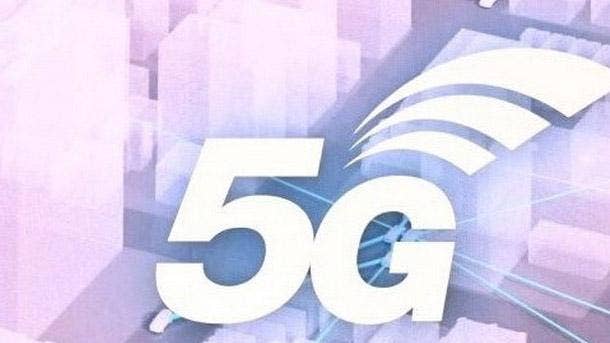
Game-Changing Applications Are Coming With 5G
The arrival of 5G is expected to produce a boom in new applications and business models--many of which haven't even been thought up yet. "It's this chicken or the egg problem--a lot of times people don't know what to use it for until it's actually there," said Mike Roberts, vice president and head of mobile business unit product and partner marketing at Qualcomm, in an interview with CRN. A wave of new mobile apps inspired by the faster speeds of 5G is a sure bet, as is an evolution of augmented/virtual/mixed reality to be more mobile as a result of 5G, Roberts said.
In the business world, users will better leverage cloud resources with 5G--for everything from enhanced AI capabilities to running heavy applications such as video rendering on highly portable mobile devices, he said. "I can have the cloud do the major video rendering, and then send that back down to me over 5G," Roberts said. "5G allows us to extend the capabilities of the device into the cloud."
Industrial IoT deployments should be another beneficiary of 5G. Manufacturing plants, for instance, will be able to shift to 5G rather than continually rewiring their Ethernet, he said.
And beyond those next phases lie the unknown--but potentially more transformative--applications enabled by 5G. "I think there are definitely going to be things we haven't thought about," Roberts said. "And honestly that's what excites me the most."

The Smart Assistant Evolves
Once again this year, both Amazon and Google had a huge CES presence that was mainly focused on their respective smart assistant technologies, Amazon Alexa and the Google Assistant. Each of the showcases pointed to a wider variety of devices that are now enabled with voice-controlled smart assistants, across the kitchen, office and virtually every other room of the home. The smart assistant is also now heading beyond the home, with a series of announcements at CES about the expansion of Amazon Alexa into the car. Ultra-high-end car maker Lamborghini disclosed at CES that Alexa will be built into the 2020 Huracán Evo (pictured), while Rivian said its electric vehicles will also include Alexa; of greater relevance, however, is that Amazon announced that its Alexa vehicle dashboard device will be expanding globally this year starting with India.
The most dramatic smart assistant announcement at CES 2020 did not involve Amazon or Google, however. Samsung surprised CES by demonstrating a small rolling robot called Ballie, touted as the next evolution of smart home assistants. Main functions for Ballie will include patrolling the home or serving as a fitness assistant, a remote control and a camera that records "special moments." The robot will be able to modify its actions based on voice control, such as when a Samsung executive asked Ballie to "move a little faster" while following him onstage. Samsung did not offer an expected release timeframe or pricing for Ballie.

Edge AI Is Starting To Blow Up
With the rise of applications like computer vision, there is an increasing need to process artificial intelligence workloads at the edge – and that demand was on full display at CES 2020.
In addition to the nearly endless exhibits of smart cameras, robots and other gadgets that perform on-device AI processing, the edge AI chip companies enabling those capabilities were also showing off their wares. According to Deloitte research, more than 750 edge AI chips are expected to be sold this year, and that number is expected to double to 1.5 billion by 2024, representing a major market opportunity for these chip providers.
“A lot of what we're seeing is artificial intelligence being used for things that are going to allow [devices] to act autonomously or semi-autonomously and/or to do well known use cases like natural language processing,” Jeff Loucks, executive director of Deloitte's Center for Technology, Media, & Telecommunications, told CRN.
The edge AI chip companies at CES included Kneron, a San Diego, Calif.-based startup that has developed a neural processing unit (pictured) that it claims provides a cost-effective balance between power usage, performance and form factor for AI inference applications ranging from facial recognition to conversational AI.
There was also Blaize, an El Dorado Hills, Calif.-based startup that has developed the Graph Streaming Processor, which the company claims is more efficient and effective than competing chips.
Shawn Holiday, senior director of customer success at Blaize, told CRN that as the amount of data processed at the edge increases, there’s a greater need to reduce costs associated with bandwidth and sending data to cloud servers. There’s also an increasing need to reduce latency and improve response time as a result.
All of these factors are reasons why AI chips like Blaize’s are in demand, according to Holiday.
“Some of this may change with 5G, of course, but the market today is, let’s push these decisions as close to the device as possible,” he said.
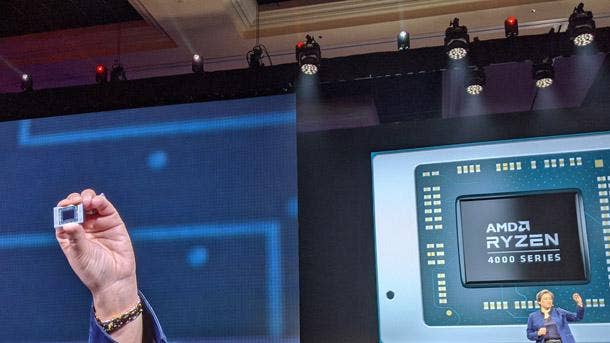
Laptop Processors Wars Heat Up With Intel And AMD
With the introduction of AMD’s first 7-nanometer processors for laptops at CES 2020, it has become clear that Intel is facing greater competition than it ever has before.
While AMD has been enjoying momentum with its next-generation 7nm chips in the server and desktop markets for several months now, Intel has had the first mover advantage in the notebook space with its next-generation 10nm CPUs, also known as Ice Lake, which launched last year. But now AMD is moving in.
AMD issued a direct challenge to Intel when the chipmaker revealed its third-generation Ryzen mobile processors, also known as the Ryzen 4000 Series, at a Monday press conference. These processors, according to AMD benchmarks, provide better single-threaded, multi-threaded and graphical performance than Intel’s Ice Lake parts.
But Intel wasn’t going to let AMD bask in its new chip glory without revealing its own arsenal of new chips.
At its press conference later that Monday, Intel showed off next-generation 10nm laptop processors code-named Tiger Lake, which the company said will provide a double-digit improvement in overall and graphical performance over Ice Lake. The new chips will also provide a significant performance boost for artificial intelligence applications.
The semiconductor giant also revealed that its first discrete graphics card, code-named DG1, will be for laptops, which means Intel will now be competing with AMD in a second product category.
In addition, Intel revealed earlier in the week that it will launch 10th-generation Core laptop processors, also known as the Comet Lake-H series, with up to eight cores and more than 5 GHz in boost frequencies.

Robots Are Coming For The… Data Center
When it comes to commercial robots, we typically think of manufacturing, warehouse and retail environments, but Chinese robotics company UBTECH thinks there’s room for robots in another sector: the data center.
To that end, Ubtech Robotics has created AIMBOT, which almost looks like a robot version of the alien E.T. from the classic Steven Spielberg film. The name is short for Autonomous Indoor Monitoring Robot, and it’s designed to essentially monitor a variety of monitoring signals, temperatures and other things on servers.
AIMBOT is autonomous thanks to LIDAR and anti-collision sensors, and it comes with a variety of other instruments and sensors for inspection purposes. The robot’s head is equipped with a thermal imaging camera and an infrared camera, and it can extend to reach various heights to look at different racks.
The company said it is currently deployed with a few telecom companies in China, but it will eventually find its way to the United States. In addition to data centers, AIMBOT is being targeted for power stations, retail spaces and warehouse environments. No pricing is currently available.
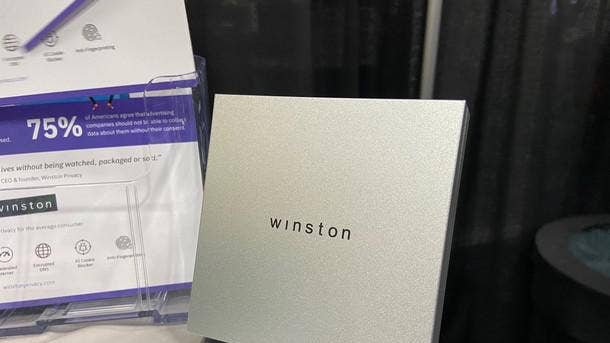
Privacy Gets A Higher Profile
The issue of user privacy received more attention at CES 2020 as concerns have grown over the data policies and practices of major companies. Instead of skipping CES as usual, Apple took part this year to weigh in on privacy; Jane Horvath, the company's senior director for global privacy, spoke on a panel about consumer privacy with panelists including executives from Procter & Gamble and Facebook. Meanwhile, Google used its press conference at CES to announce that the Google Assistant will feature new privacy controls that are voice activated; for instance, you can now say, "Hey Google, that wasn't for you," to have the Assistant "forget" what it just heard you say.
Still, while many top tech companies were at CES "preaching privacy," much of this amounts to hype rather than substance, Washington Post columnist Geoffrey Fowler argued. Many companies "have learned to talk the talk on privacy. But they're very often defining privacy in ways that serve their own interests first," Fowler wrote.
Perhaps of more significance in the effort for better privacy were the numerous startups at CES 2020 that showcased new technologies to help protect users' data. For instance, at the CES Unveiled media showcase, three companies showed off privacy-protecting technologies--including a new web filter from a crowdfunded startup called Winston Privacy. The Winston Privacy filter plugs in between the cable modem and the router, and works by encrypting and scrambling the data that companies are trying to collect.

Sleep Tech Wants You To Get A Good Night’s Rest
Sleeping problems are a super underrated health issue, so a variety of companies brought their wares to CES 2020 to show how they can help you get a better night of rest.
Solutions varied from new kinds of mattresses and smart inflating pillows to wearables that fit on your forehead. For instance, there was the Motion Pillow, which aims to cut down on snoring with a connected pillow solution that repositions the head with automatically inflated airbag when snoring is detected.
As for wearables, there’s Ebb (pictured), which aims to relieve sleeplessness caused by an overactive with a fluid-filled headband that wraps around the head and cools the forehead to an optimal temperature. The idea is to reduce metabolic activity in the frontal cortex and calm the mind as a result.
Then there’s the Beddr SleepTuner, a small wearable that affixes to the forehead and monitors a variety of things to “treat the root causes of sleep issues,” such as poor sleep hygiene, insomnia and sleep apnea. The device – which syncs with a smartphone app – monitors overnight oxygen saturation and heart rate. It also tracks the impact of sleep positions on breathing and oxygen levels and measures sleep duration.

Smart Home Connectivity, Computing Gets More Sophisticated
The smart home market is moving into a new phase where homeowners have better and more advanced options for connecting their devices and deciding where the computing takes place.
This was seen with the Mixtile Edge, a sleek edge computing device that is designed to carry out processing tasks for smart home gadgets that would typically be done in the cloud.
That’s good news for privacy-conscious consumers who are wary of sharing data with third parties who don’t always have the best track record of keeping private information secure.
And while Mixtile provides its own collection of smart home gadgets, the Mixtile Edge is compatible with devices from several other companies, including D-Link, GE, August and TKB Home.
As for connectivity, routers and gateways with more connectivity options are starting to come into vogue. There’s the Mixtile Link customizable gateway, which comes with local processing as well as support for multiple wireless protocols like Wi-Fi, Zigbee 3.0, Bluetooth Low Energy and Z-Wave.
Another company, Perenio, is offering its own take with its gateway-router hybrid, which comes with the fanciful name, IoT Router Elegance (pictured). In addition to supporting the same wireless protocols as the Mixtile Link, IoT Router Elegance also has built-in LTE and a 10-hour battery to ensure devices stay connected at all times.